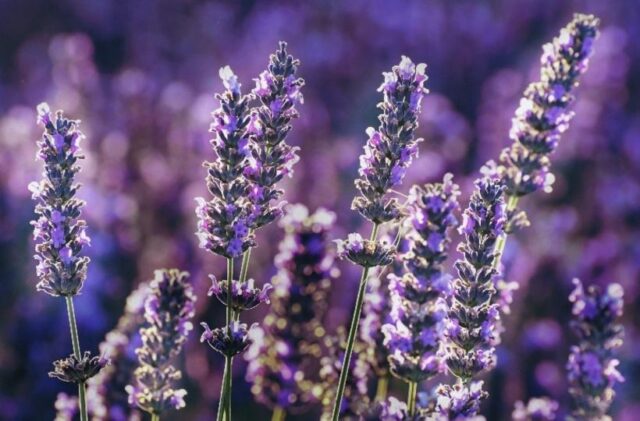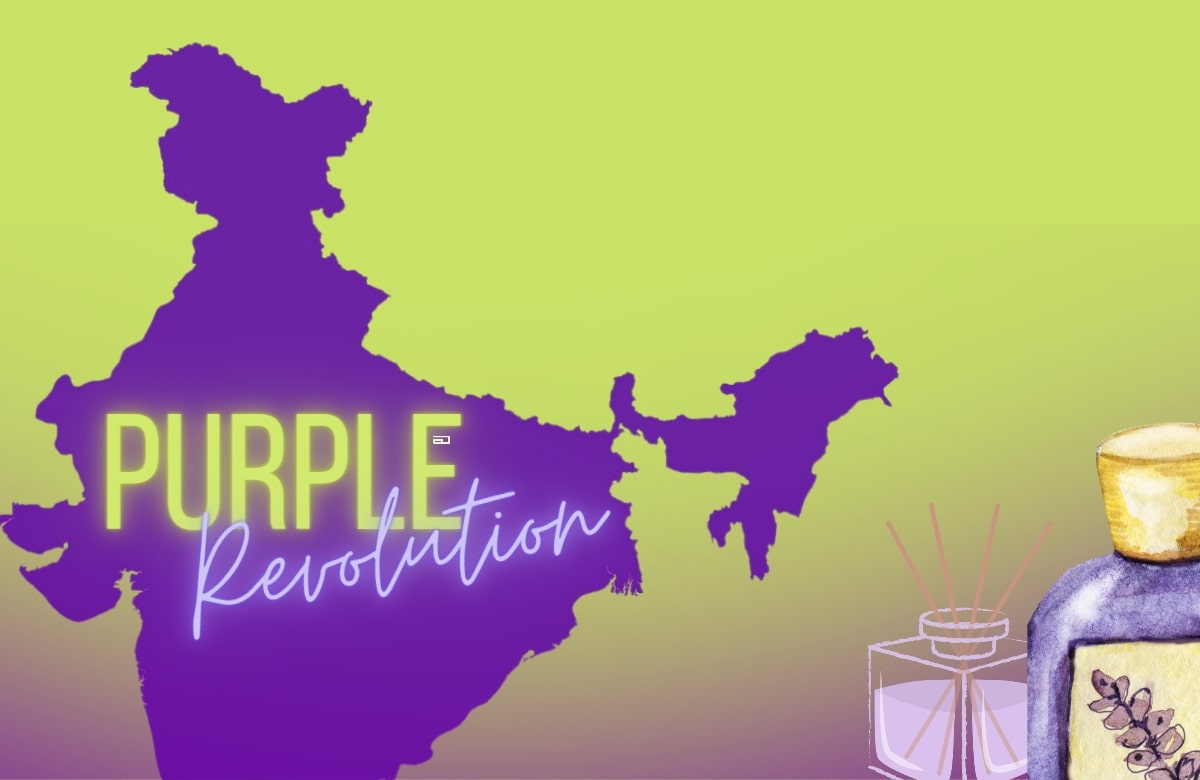After the green revolution and the white revolution, a new form of revolution is coming up. This new form of revolution is called the “Purple Revolution” and is changing the lives of hundreds of thousands of farmers in northern India.
About The Purple Revolution
Also known as the “Aroma Mission”, the purple revolution is an initiative by the Council of Scientific and Industrial Research (CSIR) -Aroma IIIM. Under the mission, there will be the cultivation of lavender in Ramban district, Jammu and Kashmir.
CSIR is under the Ministry of Science and Technology and is a modern research and development organization. The purple revolution began in 2016 and lavender farming has been done in nearly 20 districts of Jammu and Kashmir including Kathua, Doda, Udhampur, Kishtwar, and more.

The farmers who are doing lavender farming for the first time were provided with free lavender seedlings. On the other hand, those who produced lavender plants were paid Rs. 5 to 6 per plant. Besides seeds, technical support and essential oil distillation facilities are also being provided to the farmers.
How It Is Being Done?
After phase 1 of the purple revolution turned out successfully, the CSIR started phase 2 with 45,000 skilled farmers which will help more than 75,000 families. The climatic conditions of Jammu and Kashmir are suitable for lavender plants and a single plant can bear flowers for up to 15 years.
Also Read: Andhra Pradesh’s Natural Farming Model, Could Increase Sustainable Agriculture Practices In India
The best thing about lavender farming is that it is very low maintenance and easy to grow. These plants do not require surplus water, and pests and animals do not attack lavender plants usually.
Lavender is magnificently used in the manufacturing of soaps, cosmetics, perfumes, candles, room fresheners, and much more. Compared to the farming of traditional plants like cotton or rice, lavender farming has turned out to be more profitable and the government is also organizing campaigns to make farmers aware of the benefits of lavender farming.
Choudhary Mohammad Iqbal, director of the Department of Agriculture Production and Farmers Welfare Kashmir said, “Compared to traditional crops, earnings from lavender farming have been much more profitable. About 1 Kanal of land under maize cultivation generates an income of `6,000 and the same area generates `30,000 with lavender farming.”
How It Is Transforming Lives?
Government officials have successfully changed the lives of thousands of farmers in Jammu and Kashmir by making them aware of lavender farming and training them in the same.
An official working in Jammu and Kashmir’s Floriculture Department said that farmers are elated with lavender farming as it has helped them in escalating their incomes and changing their lives for the good.
The mission aims to promote indigenous aromatic crop-based agro-economy and not rely on imports from foreign countries at extravagant prices. The mission is in alignment with the government’s goal of increasing agriculture earnings by the end of 2022 and also helping them in strengthening the Start-Up India programme.
It is estimated that the revolution will bring 5500 hectares of extra land into the production of aromatic crops, provide infrastructural and technical support to the farmer, and add value to the lives of the farmers engaged in lavender production.
Image Credits: Google Images
Feature image designed by Saudamini Seth
Sources: New Indian Express, Deccan Chronicle, Maps Of India
Find the blogger: Palak Dogra
This post is tagged under: purple revolution, lavender farming, aroma mission, Jammu and Kashmir, agriculture, farmers, farmers in north India
Disclaimer: We do not hold any right, copyright over any of the images used, these have been taken from Google. In case of credits or removal, the owner may kindly mail us.



































